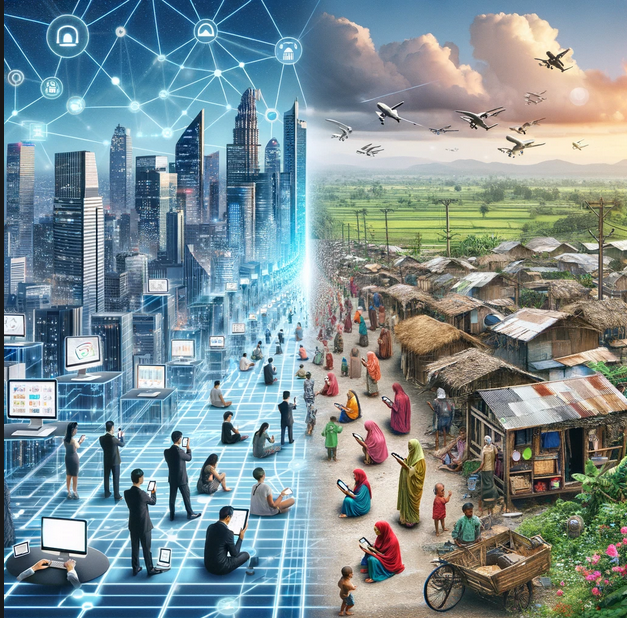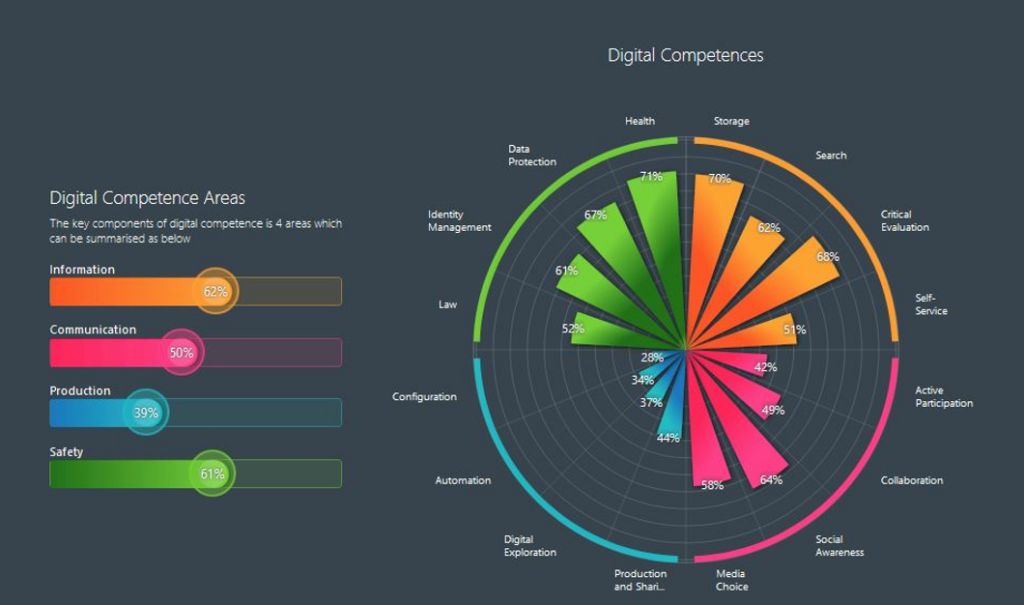KELA
My collaboration with Kela is very limited. Now, when I’m studying my master degree, I need to pay university student healthcare fee to them. This is a bit annoying since I’m not using this services at all.
OMAKANTA
I can log into Omakanta through strong identification, for example with online banking codes, or with a mobile certificate. I use Omakanta to renew prescriptions. In OmaKanta I visit extremely rarely, as I have no need for it.
KEVA
I check my employment pension statement on Keva’s website. My earliest retirement age is 67 years and 3 months, which I will reach on 27th August 2051. My retirement age has not yet been confirmed. My target retirement age is 67 years and 7 months, at which my pension will be only 70 euros higher than at the earliest retirement age. The upper limit for accrual is 70 years, at which point the pension is a mere 82 euros more than at the earliest retirement age. Quite a depressing statistic.
DIGITAL STORES
I live in the countryside, where services are limited and nearly all goods and products must be ordered from online stores or require a long drive by car. I used a general low-cost online store (Halpa Halli). When purchasing from an online store, products can be compared much more quickly, the prices are accurate, and products are found much faster. Often when I have shopped in physical stores, the price at the checkout does not match the product’s price tag on the shelf. Almost without exception, when shopping in a store, one must check the price at the cashier to ensure they are not being overcharged. I feel that pricing is more reliable when purchasing products online.
VIRTUAL SERVISES
I chose Terveystalo’s service because I have used it in the past week. The online appointment booking, service price list, and profiles of the experts’ skills are readily available, and using the service is easy and quick.
DIGITALIZATION AND DIGITAL GAP
For the past nearly three years, I have been working with people who have fallen out of the workforce, and in their case, the risks brought by a digital society are clearly visible. Some people lack adequate equipment to use services, their skills are insufficient, and they are reluctant to learn how to use devices or services. As healthcare services increasingly move online, these individuals are becoming more distant from the services, and their belief in accessing these services further weakens.
I decided to also ask ChatGPT about this matter, as I was very interested in its perspective. Indeed, I received a very detailed, comprehensive, and excellent response to the question.
- Limited Access to Information and Services: Without using virtual services, individuals may not have access to a vast range of information and online services. This can include everything from online banking, e-commerce, and digital health services to educational resources and government services.
- Digital Divide: Not using digital services can contribute to or result from a digital divide. This means these individuals may be less able to participate in an increasingly digital world, potentially leading to social and economic disadvantages.
- Communication Challenges: Virtual services include various communication platforms like email, social media, and video conferencing. Not using these services can limit an individual’s ability to communicate effectively with others, especially as more people and organizations rely on these platforms for communication.
- Inconvenience and Inefficiency: Many virtual services offer convenience and efficiency improvements. For example, online shopping, digital banking, and e-government services save time and effort compared to their offline counterparts. Not using these services could mean spending more time on tasks that could be completed more quickly and easily online.
- Reduced Opportunities for Work and Education: Many employers and educational institutions use virtual platforms for job applications, training, and education. Not engaging with these services can limit opportunities for career advancement or educational development.
- Social Isolation: In a world where social interactions increasingly happen online, not using virtual services can lead to social isolation, especially among younger generations who may predominantly interact through digital means.
- Healthcare Access: Especially in the context of the recent pandemic, telemedicine and online health consultations have become more prevalent. Not using these services might limit access to healthcare advice and consultations.
- Financial Management Challenges: With the increasing move towards online banking and financial management tools, not using these services can make managing finances more challenging and might result in missing out on digital-only financial products or services.
- Reduced Consumer Choices and Higher Costs: Many businesses offer discounts and products exclusively online. Individuals not using virtual services might face higher costs and fewer choices.
- Lack of Real-Time Updates: In emergency situations or fast-moving scenarios, real-time updates are often communicated through digital channels. Not using these services might mean delayed access to important information.

SELF- EVALUATION
I didn’t really learn anything new, but the tasks and test reinforced those perspectives that I already knew. ChatGPT offered an interesting and expanded view from the perspective of risks, and the test well illustrated that personally, I am not very interested in these matters. I believe that the further we go with technology, smart devices, and the use of digitalization, the more we lose our connection to nature and our relationship with it deteriorates even further. As a consequence, we become even worse inhabitants of our planet and it becomes easier for us to continue our destructive behavior towards it. We become more broken as we are no longer a part of nature
DIGITAL COMPETENCE TEST

